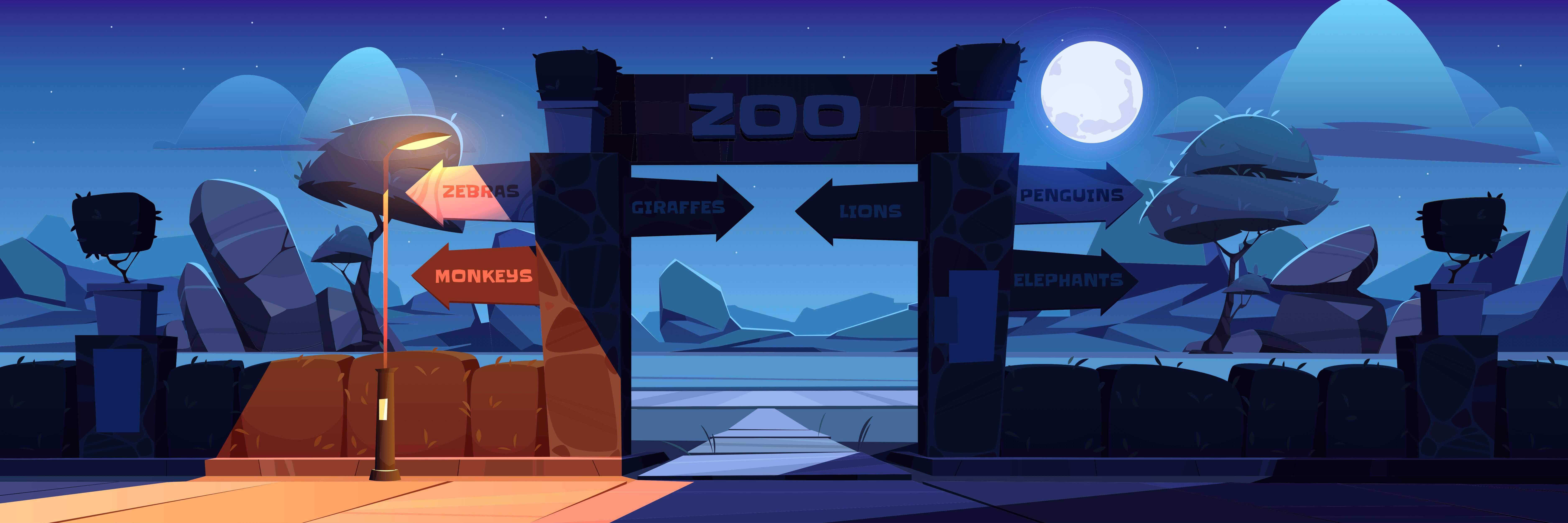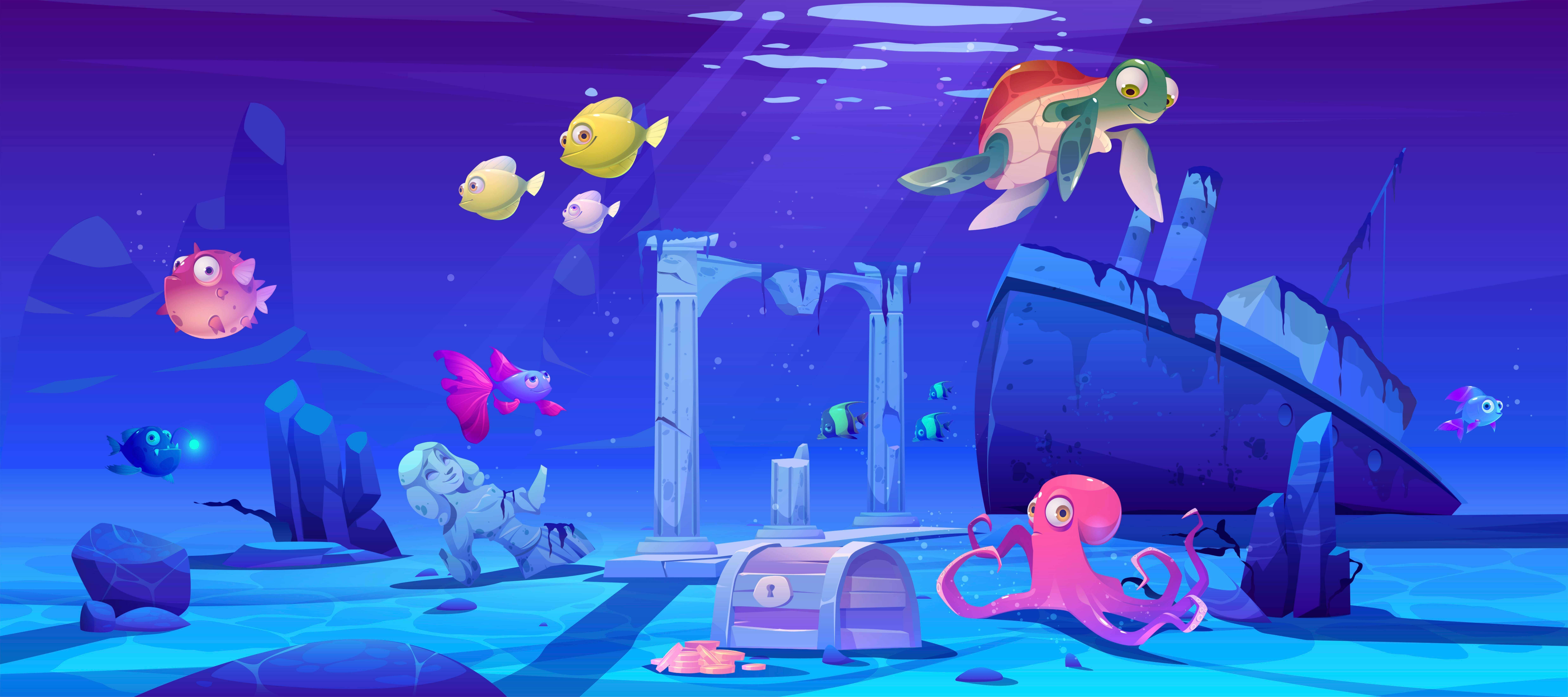Where to start - four steps to get your digital experience right
Revisit business objectives and customer needs
Given how affected we all are now and in the future, revisiting your core business objectives and marrying them up with your current customer needs is critical right now. Why now? Both could easily be outdated and irrelevant in today’s world.
Action: Re-visit your business objectives and customer targets, weighting them on the importance to the business in revenue. For each customer group, using the framework Jobs To Be Done (JTBD), map the purpose behind a customer's motivation in using your product or service. Without understanding the real and current driver - motivation - of your customers, you won’t be able to create a meaningful digital experience.
Revisit your data
There is one advantage that most businesses have gained during the pandemic - data! Given the forced nature of conducting experiences online, the in-depth knowledge we now have on our customers is more extensive, and valuable than ever before.
Action: In collaboration with your data and insights, strategy and digital teams, map out the personal and behavioural insights you have available on your customer groups. Data without insights is worthless.
"The in-depth knowledge we now have on our customers is more extensive, and valuable than ever before"
Prioritise needs
Coming up with creative ideas is not the most challenging part of this project, it’s prioritising which is critical. Not every super-creative digital idea serves the purpose. Generally speaking, businesses tend to make decisions too quickly, and on a hunch. Through decision intelligence techniques out there, you can reduce the risk of backing the wrong horse.
Action: By weighting relevant business objectives, customer groups and JTBD, you can easily prioritise the area that shows promise of the biggest impact in revenue.
Experiment
Now you have the area to focus on within your customer experience, you can begin experimenting with new innovative strategies and tactics to deliver your experience digitally. By knowing new, accessible technology that’s available, you can begin brainstorming mini-experiments to run.
Action: Start small and move fast. Run mini-experiments to really challenge new ways to deliver emotional value to customers through technology, and get feedback!
Don’t just look to technology as a way to replace physical experiences directly. Now is the time to try out new ideas as we are all learning to adapt to the ‘new normality’. Take advantage of this current mindset by staying fluid in your digital approach to customers. If recent events show us anything, it’s that often asking what can seem strange, unrelated questions, can surface that new idea which will help you tackle your challenge.





